Best Beaches in New England
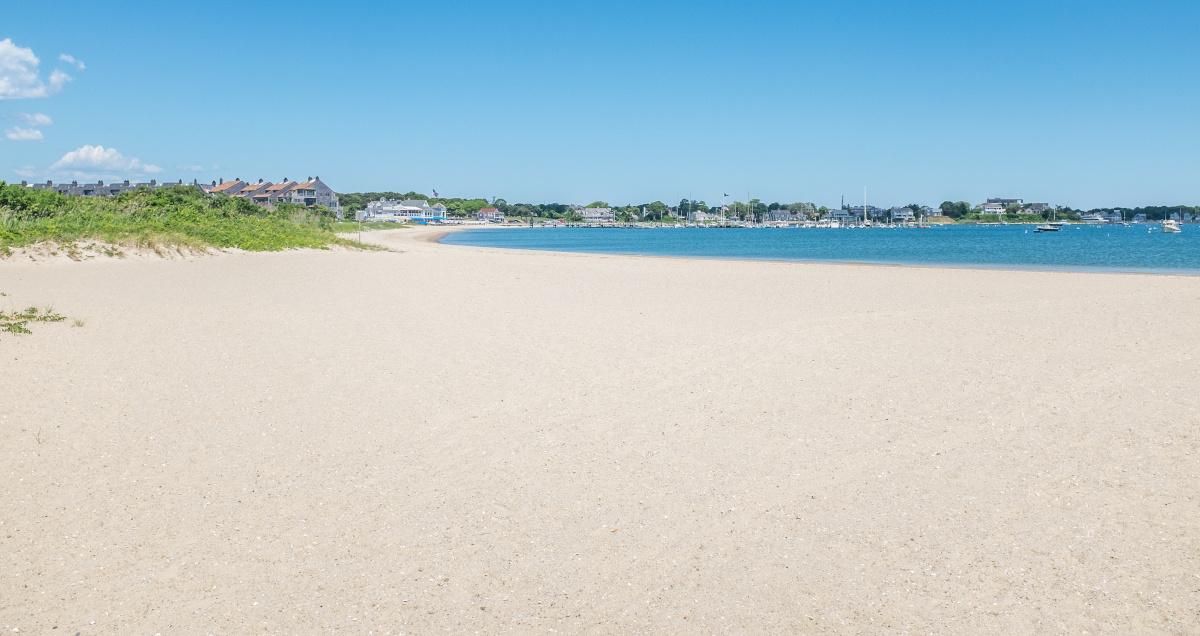
Searching for the best beaches in New England to visit on your next day trip or vacation? Well, you are in the right place! While living on the East Coast, I’ve found that New England’s shoreline is perfect for summer escapes, peaceful walks, and unforgettable ocean views year-round.
I’ve enjoyed family-friendly beaches with gentle waves, quiet spots framed by dunes and lighthouses, and seaside towns filled with character and fresh seafood. Here are the beaches I recommend, and I hope you’ll enjoy them too.
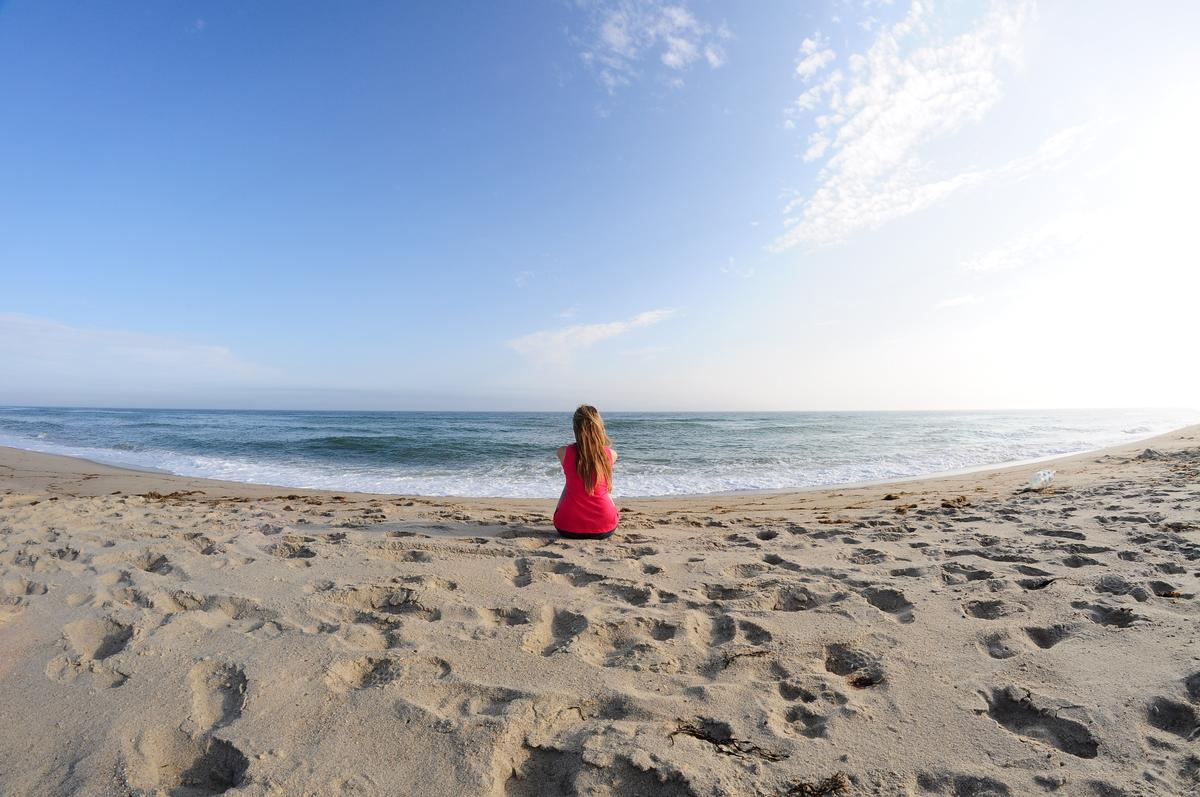
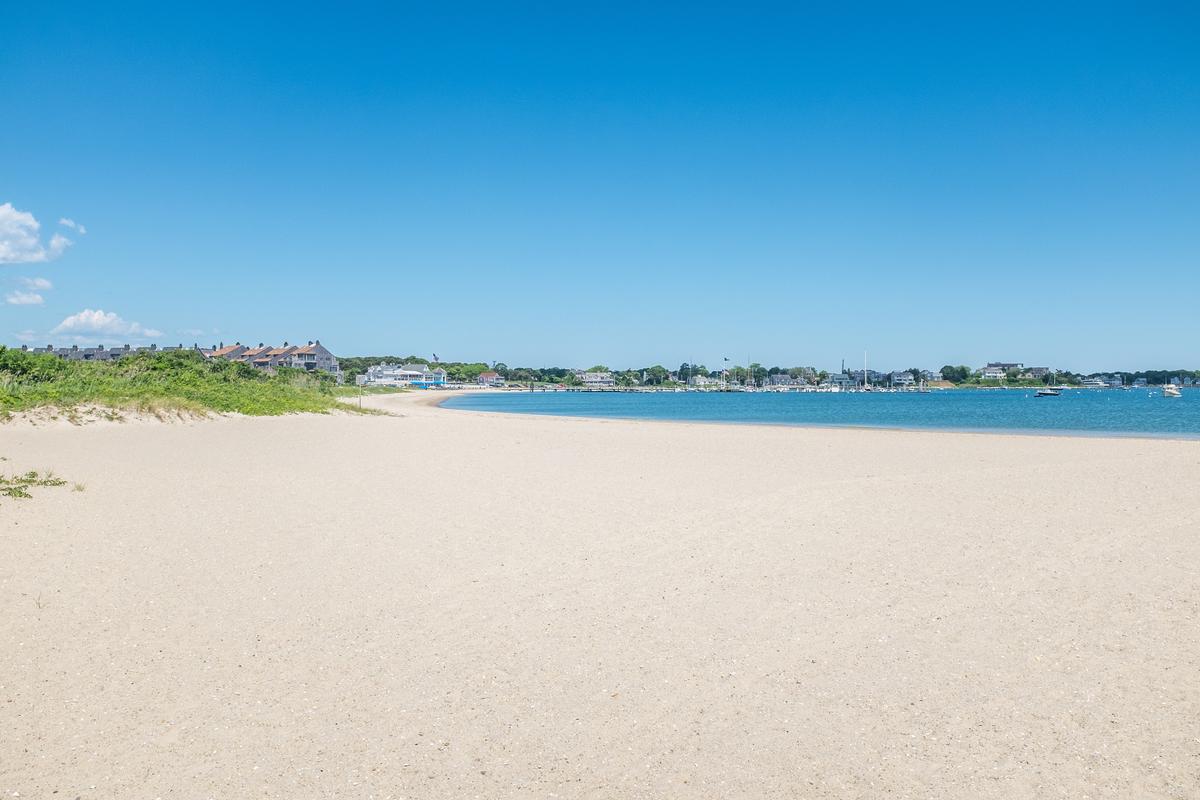
1. Nantucket Beaches
This small island is home to some of our favorite beaches in New England! I love the windswept dunes here, long stretches of soft sand, Insta-worthy cottages, and salty Atlantic breezes.
After a 30-mile ferry ride south of Cape Cod, I spent two dreamy days soaking up the seaside rhythm. My base was the elegant, 4-star White Elephant Hotel overlooking the harbor for two days, stylish yet relaxed, with perfect sunset views.
Nantucket Beaches are easily some of the best beaches in New England, and we think they deliver an absolute best coastal experience every time.
I love how the beaches here feel both spectacular and surprisingly peaceful, even during a busy summer weekend.
Surfside Beach, located just south of Nantucket town, is one of my favorite spots for an exciting and vibrant ocean day.
We found Madaket Beach on the island’s western edge to be an underrated gem with the most amazing sunsets I’ve ever seen.
Great Point Beach near the Coskata-Coatue Wildlife Refuge felt wild, unusual, and like a hidden coastal treasure you see in my photos.
I think Siasconset Beach on the eastern side of the island offers a more romantic and historic experience near charming rose-covered cottages.
What makes Nantucket beaches so unique is how each one feels completely different while still delivering the best island vibes.
We loved biking from town to nearby beaches, which made the whole experience feel joyful, cool, and refreshingly simple.
I was surprised by how affordable a beach day can be here, especially if you visit in the shoulder season.
The clean sand, rolling dunes, and crashing Atlantic waves create a brilliant idea of a classic New England escape.
We felt that Nantucket beaches are perfect for both family adventures and romantic walks, which makes them extra special.
While there, we also enjoyed the wonderfully unhurried pace. I biked along sandy paths to Surfside Beach, visited Coskata-Coatue Wildlife Refuge and the iconic Great Point Lighthouse, and explored the cobblestone streets of Nantucket Town. If you get a chance to visit for just one short weekend, don't miss this island gem!
What I loved best:
The rugged beauty of Siasconset’s bluff walk was my personal highlight!
A downside? Nantucket is harder to reach and pricey during the summer, but I think it's pure coastal New England charm is worth it!
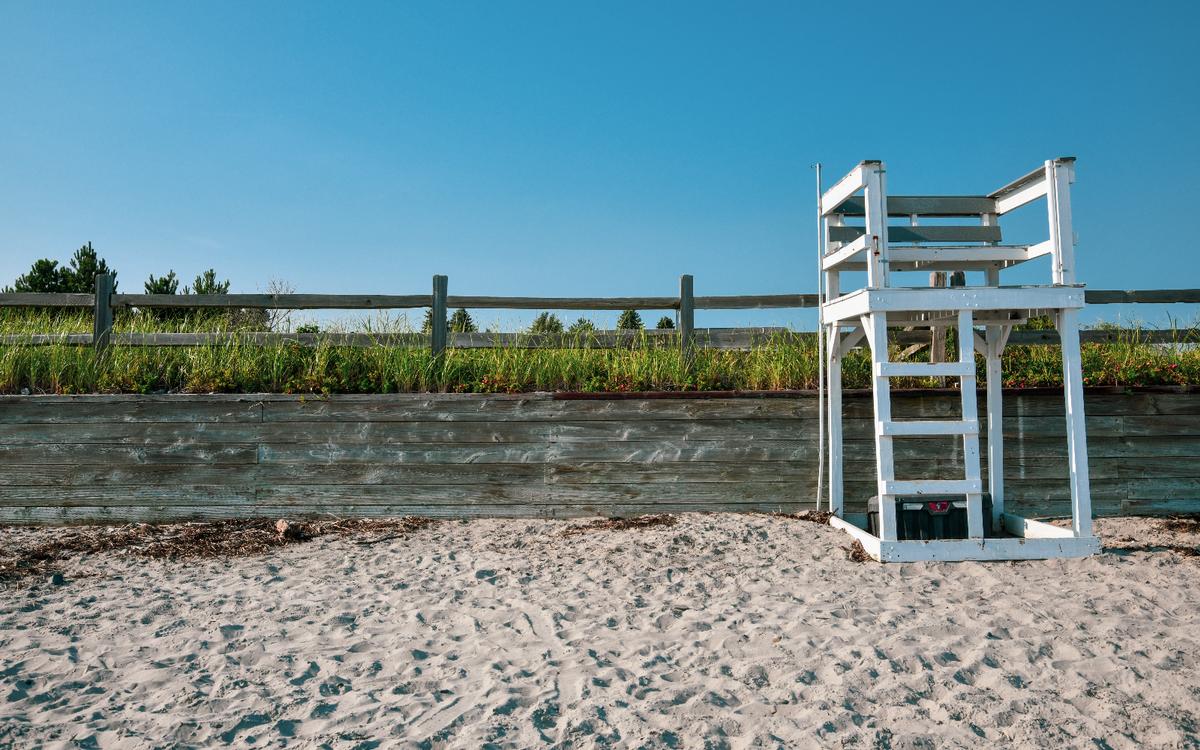
2. Kennebunk Beach
Chris and I both absolutely love Kennebunk Beach, and have been many times. This is my favorite summer beach in Maine because of its broad sandy stretches, charming clapboard cottages, and the cool ocean breeze.
After just a quick 5-minute hop from Kennebunkport’s village center, I settled in for two days at the boutique Nonantum Resort, where Adirondack chairs lined the lawn overlooking the river, and evenings ended with crackling fire pits under the stars.
I think Kennebunk Beach is one of the best beaches in New England. Why? The rhythm here was unhurried. I strolled along Gooch’s Beach with its wide, golden sands perfect for sunrise walks, explored Mother’s Beach, beloved for its tidepools and gentle surf, and lingered at Middle Beach, a quieter stretch edged by wave-smoothed rocks. In town, I wandered galleries and nautical shops, and admired the fishing boats bobbing in the harbor.
- Location: Along the southern Maine coast in the town of Kennebunk, facing the Atlantic Ocean just east of Dock Square and Kennebunkport
- Map & Directions
What I loved best:
Treating myself to a scoop from Rococo Ice Cream in August was my favorite highlight!
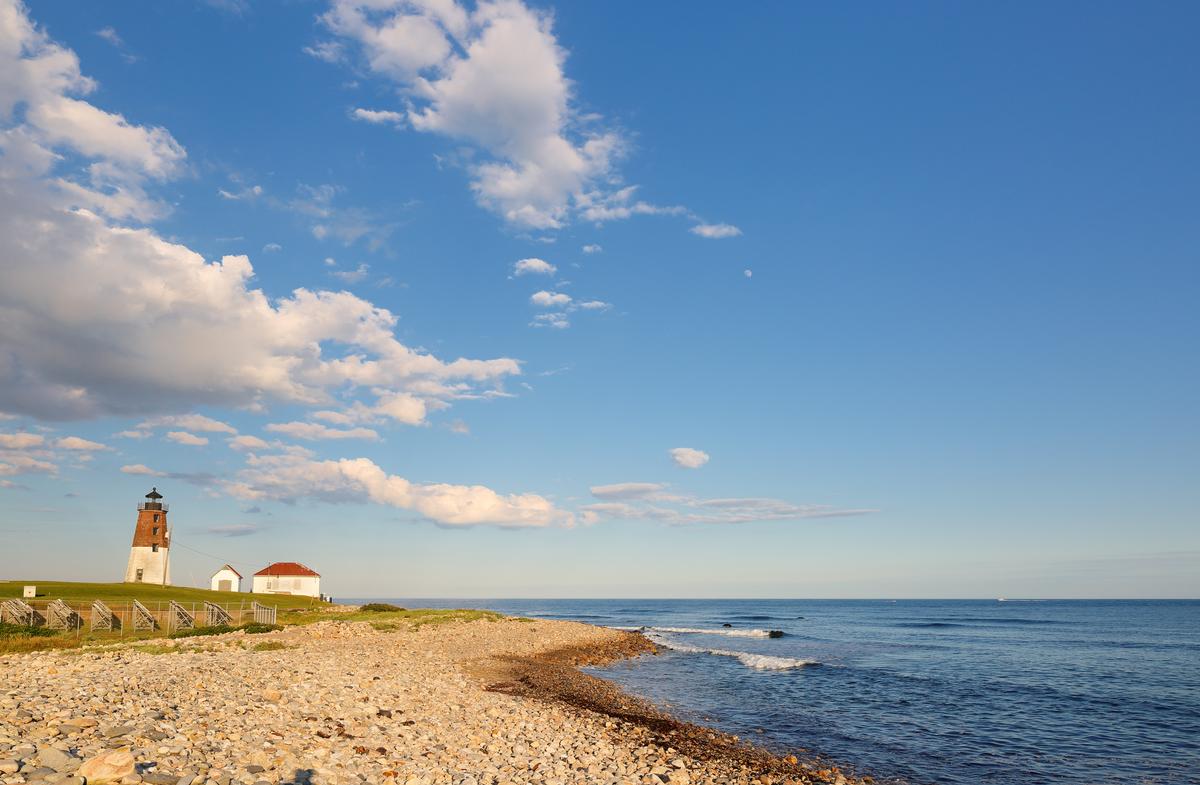
3. Narragansett Town Beach
I thought this beach captured the quintessential Rhode Island summer vibe with wide stretches of soft sand, and steady Atlantic surf perfect for bodyboarding.
The first time we visited, I was immediately struck by how classic and laid-back it felt. There’s something special about arriving in a New England beach town where salty air, historic buildings, and the sound of crashing waves set the pace for the day. Unlike the nonstop energy of bigger coastal destinations, Narragansett feels relaxed and welcoming, making it the perfect place to slow down and enjoy the ocean.
Narragansett Town Beach is one of the most iconic beaches in Rhode Island, and it’s easy to see why. The wide stretch of soft sand is ideal for sunbathing, long walks along the shore, or simply watching the surfers ride the waves. The water here is clean and refreshing, and during the summer months, lifeguards are on duty, making it a great option for families as well as solo travelers.
What I really love about Narragansett is how much there is to do beyond the beach itself. The town has a charming mix of local restaurants, ice cream shops, and small boutiques that are perfect for wandering after a day in the sun. One of the highlights is the historic Narragansett Towers, which sit right near the water and make for an incredible photo spot—especially at sunset.
Getting to the beach is straightforward, whether you’re driving from Providence or coming from elsewhere in New England. Parking is available nearby, though it can fill up quickly during peak summer weekends, so arriving early is your best bet. If you plan ahead, you’ll avoid the crowds and get to enjoy the beach at its most peaceful.
This beach is the kind of place that captures everything people love about the Rhode Island coast—beautiful scenery, a relaxed atmosphere, and just enough activity to keep things interesting. Whether you’re spending a full beach day, stopping by during a coastal road trip, or ending the evening with a walk along the shore, it’s a destination that truly leaves a lasting impression.
- Location: On the southern Rhode Island coast in the town of Narragansett, facing the Atlantic Ocean just east of the iconic Narragansett Towers
- Map & Directions
- Narragansett Town Beach website
What I loved best:
The lively boardwalk scene framed by the town’s iconic stone Towers.

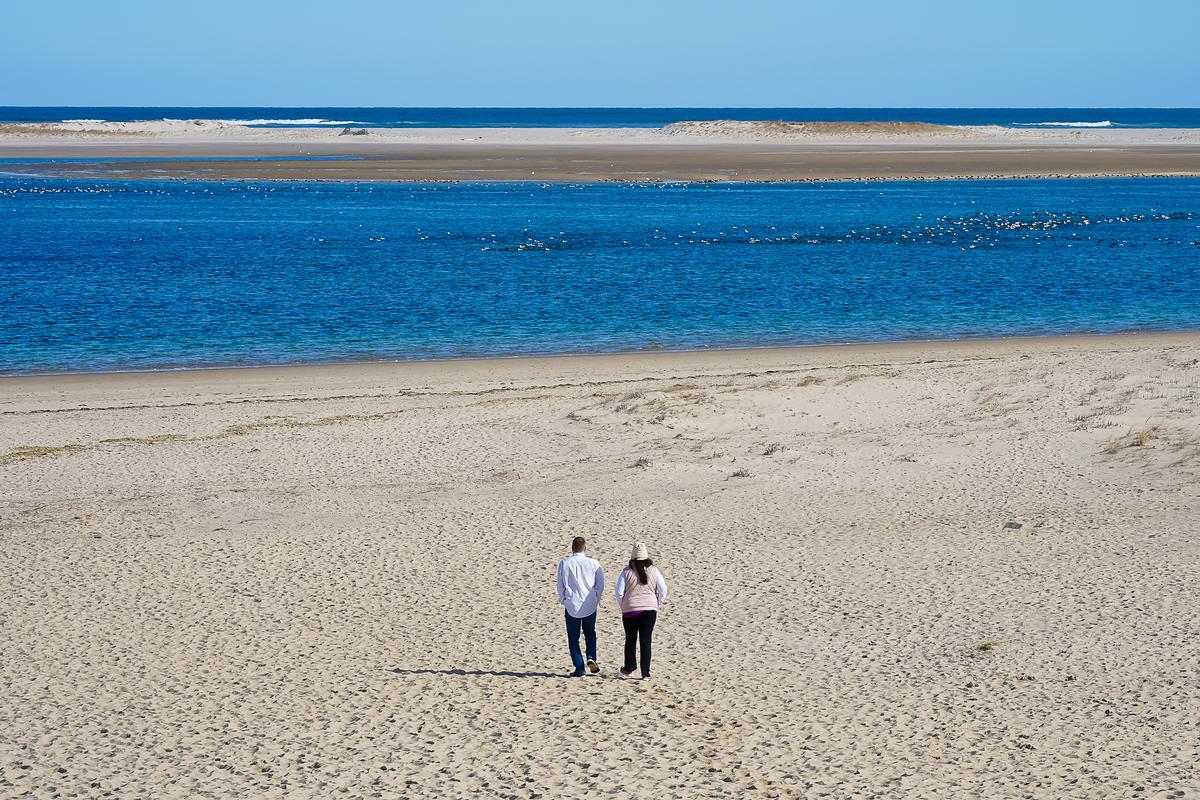
4. Chatham
For me, no list of New England's best beaches could be complete without mentioning Cape Cod!
I've been going for decades and I thought Chatham was Cape Cod at its most enchanting with a mix of broad, windswept beaches, shingle-style cottages framed by hydrangeas, and a walkable village center that felt equal parts charming and nautical.
I adore the timeless quality here, where harbor views, lighthouse strolls, and fresh Atlantic air set the pace in a way that completely won me over.
The days unfolded in classic Cape Cod fashion. I visited Lighthouse Beach, the town’s most iconic stretch of sand, keeping an eye out for seals bobbing offshore.
- Location: At the southeastern tip of Cape Cod in Massachusetts, bordered by the Atlantic Ocean and Nantucket Sound
- Map & Directions
What I loved best:
Browsing boutiques and galleries on Main Street!
A downside? During peak summer, parking is limited.
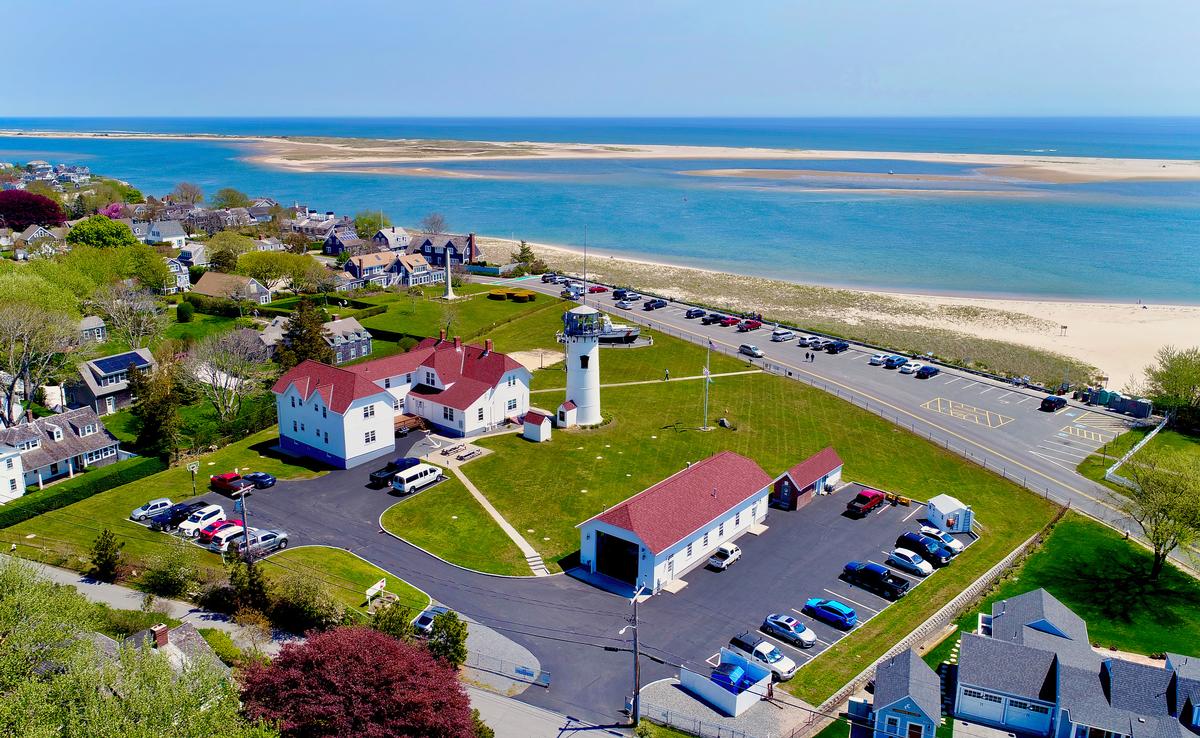
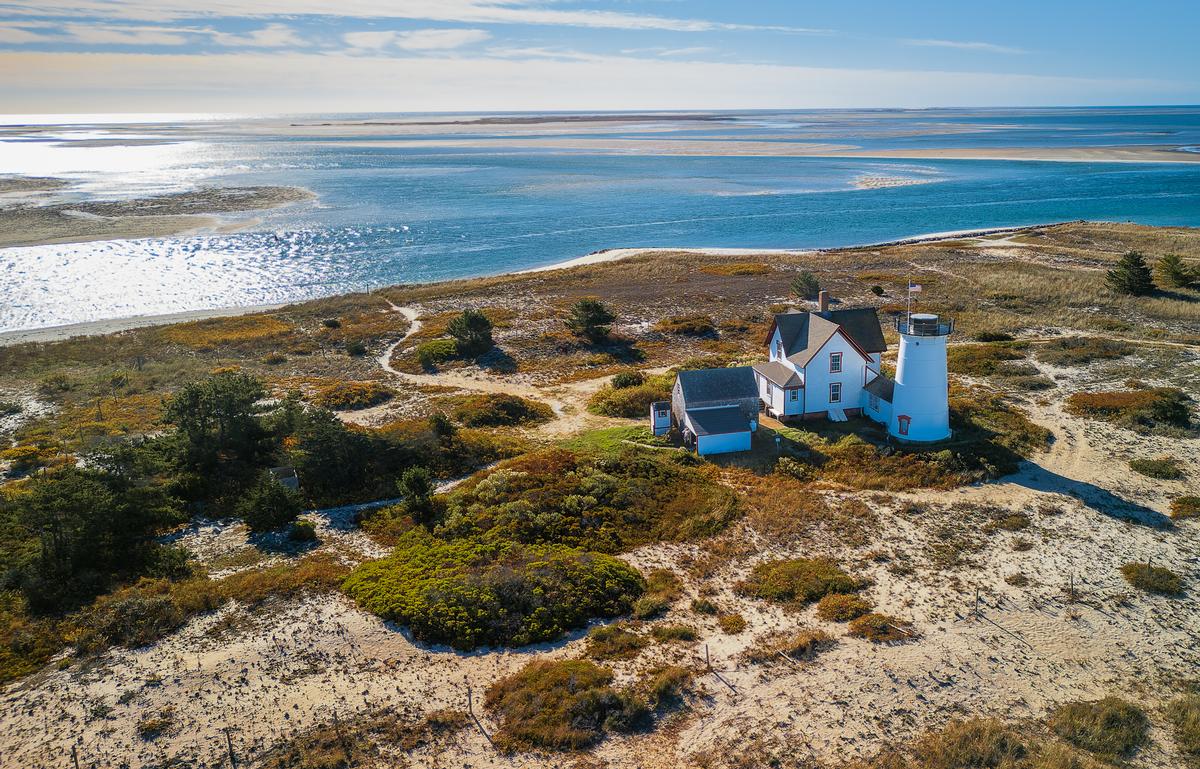
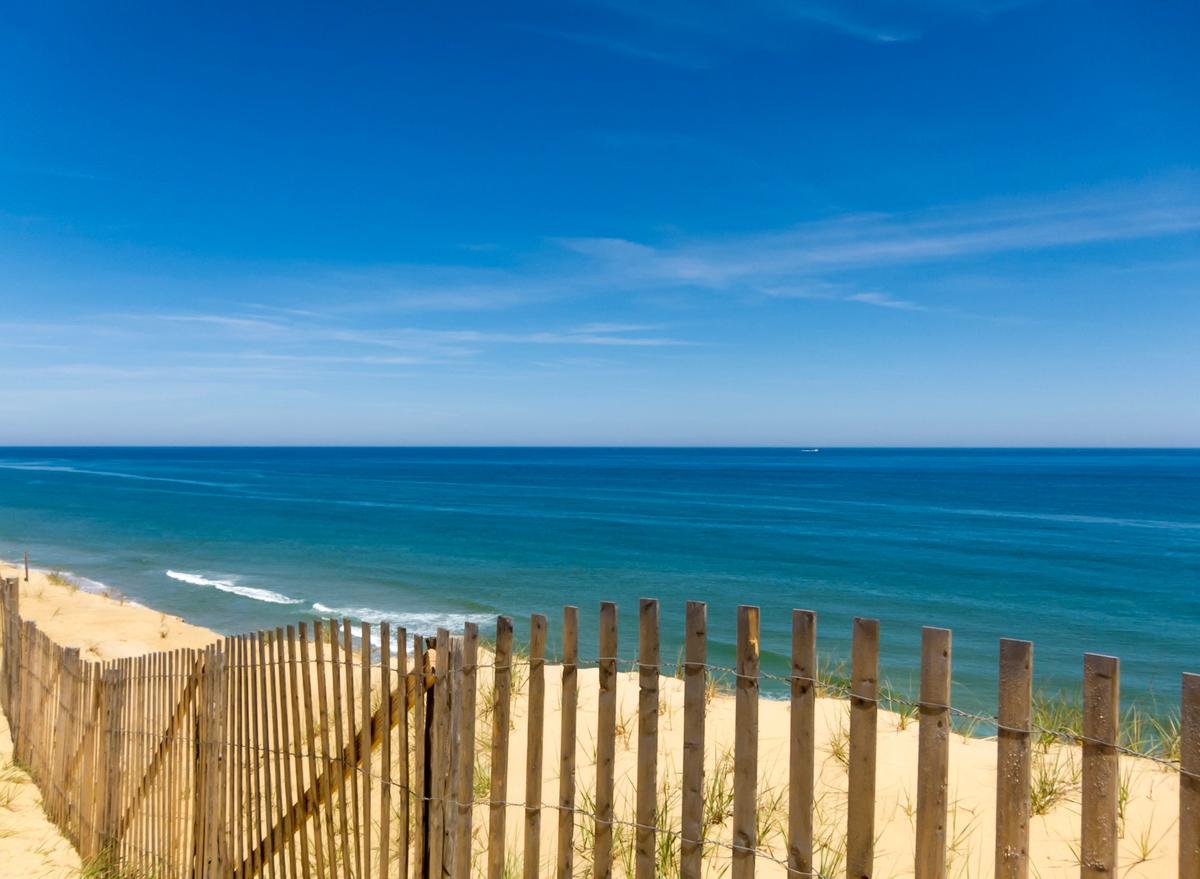
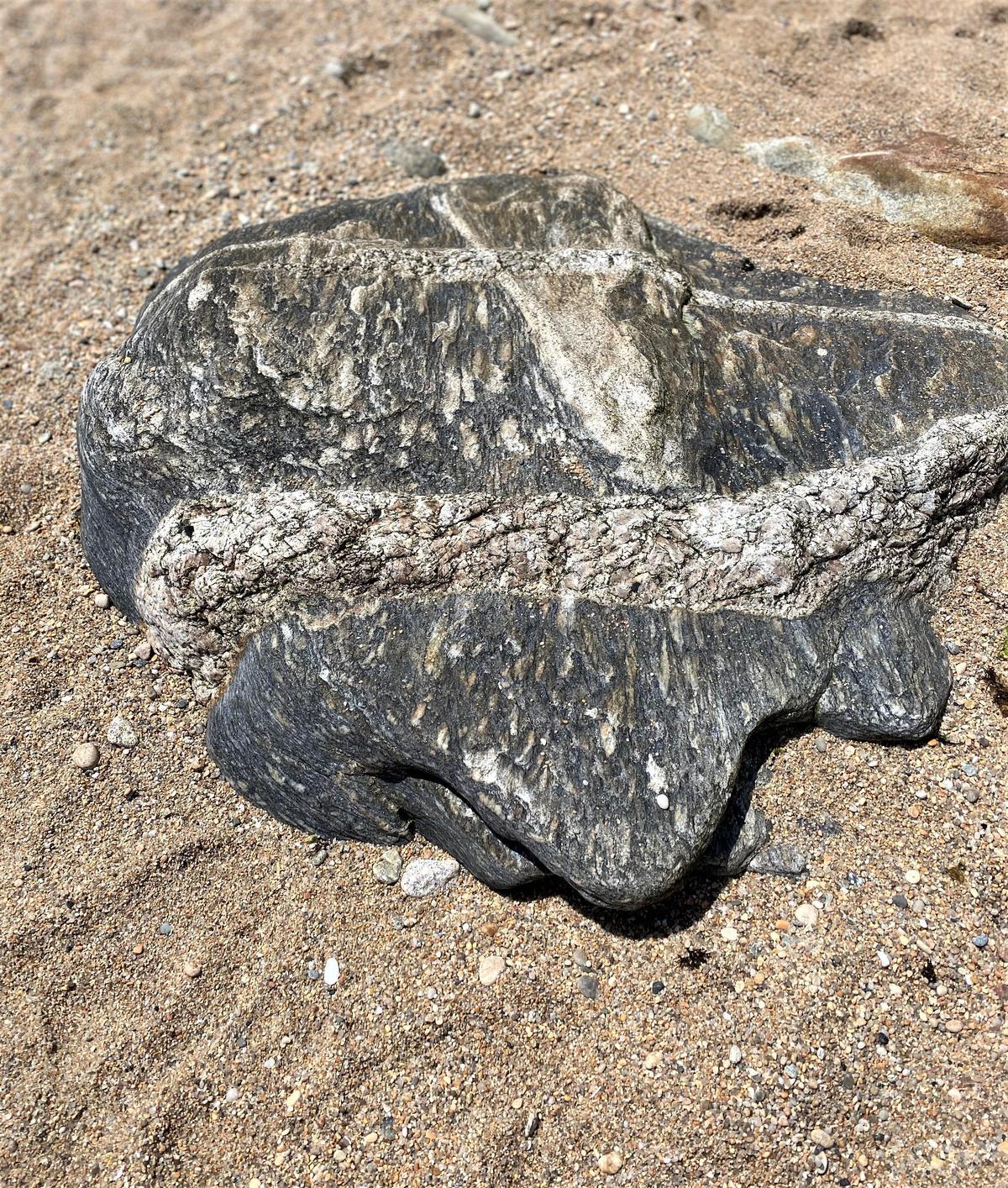
5. Goosewing Beach Preserve
When we are up for a bit of family adventure, I always think of this unique Rhode Island beach! Set along the quiet southern coast of Rhode Island, for me, Goosewing Beach Preserve is one of the most peaceful and unspoiled coastal places to spend a day together.
A sandy path and wooden bridge lead you into this 75-acre coastal preserve managed by The Nature Conservancy.
We arrived to wide stretches of soft sand, rolling dunes, and grasses swaying in the breeze, instantly feeling far removed from crowds and noise.
Walking along the shoreline felt almost meditative, with gentle waves, shells scattered underfoot, and the sense that the beach was quietly unfolding around us rather than putting on a show.
I loved how natural everything felt—no boardwalks, no distractions—just sea, sky, and the rhythm of the tide setting the pace for the day.
We paused often, watching shorebirds dart across the sand and letting the wind tangle our hair while the ocean stretched endlessly ahead.
What I loved best:
Sitting together near the dunes, we talked, listened to the surf, and let time pass without paying attention to it, which somehow felt like the whole point of being there.
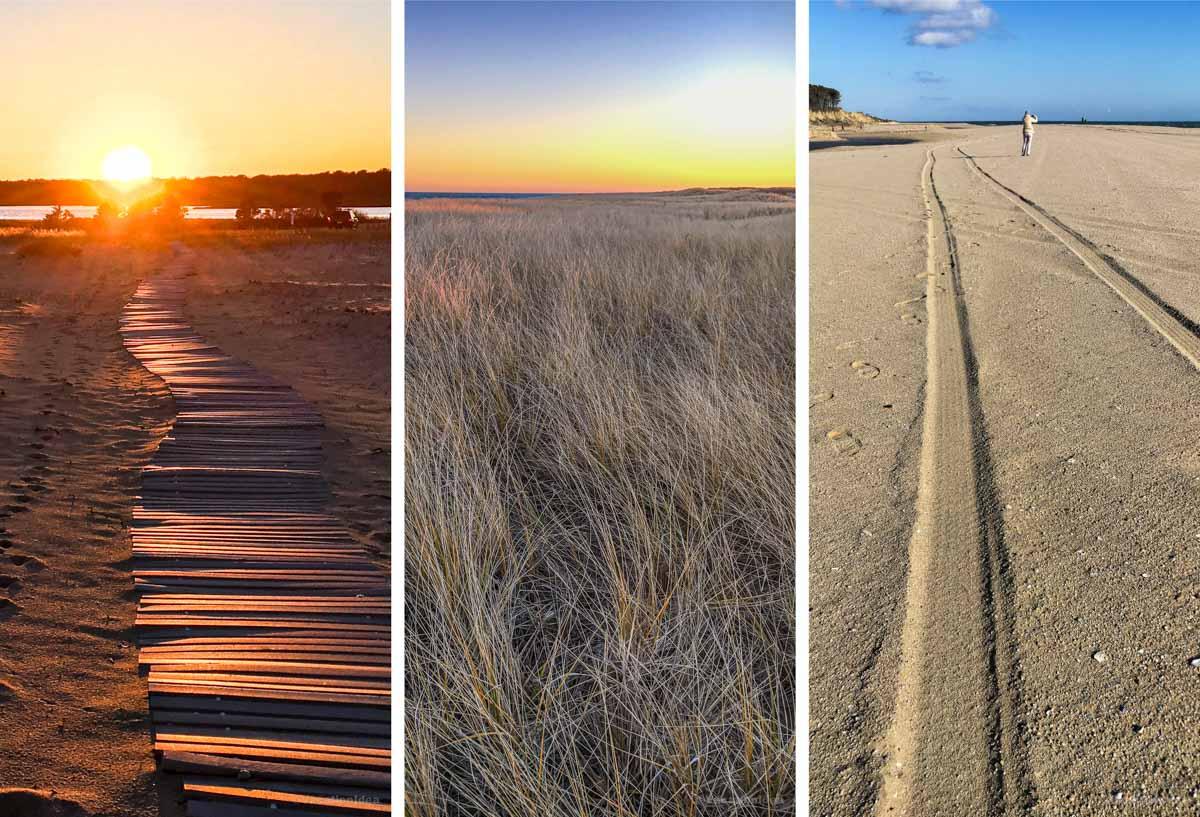
6. Chappaquiddick Island Beach
My absolute favorite hidden island beach in New England sits just a quick ferry ride from Martha’s Vineyard. Unless you are a Kennedy family history buff, you've probably never heard of Chappaquiddick.
For me, this incredible beach had an off-the-grid serenity that instantly set it apart from the bustle of Martha’s Vineyard.
Just a super short ferry ride across Edgartown Harbor, “Chappy” is its own world. I biked on sandy lanes shaded by scrub pines, hiked through rolling dunes, and reached vast, unspoiled beaches. The most striking stretch was East Beach, part of the Cape Poge Wildlife Refuge.
Local tip: Driving your car onto the tiny three-car Chappy ferry can be a little bit terrifying if you are the first car in line. I honestly thought that we were going to drive straight into the ocean... but don't worry, there's always someone to help and they tell you exactly when to stop. If you want to play it safe though, just take the bike over on the ferry (it's cheaper too). Also, don't forget water and snacks!
- Location: On Chappaquiddick Island off the eastern side of Martha’s Vineyard, accessible by ferry from Edgartown
- Map & Directions
What I loved best:
Riding the ferry to Chappaquiddick Island - we walked on while my husband drove the car.
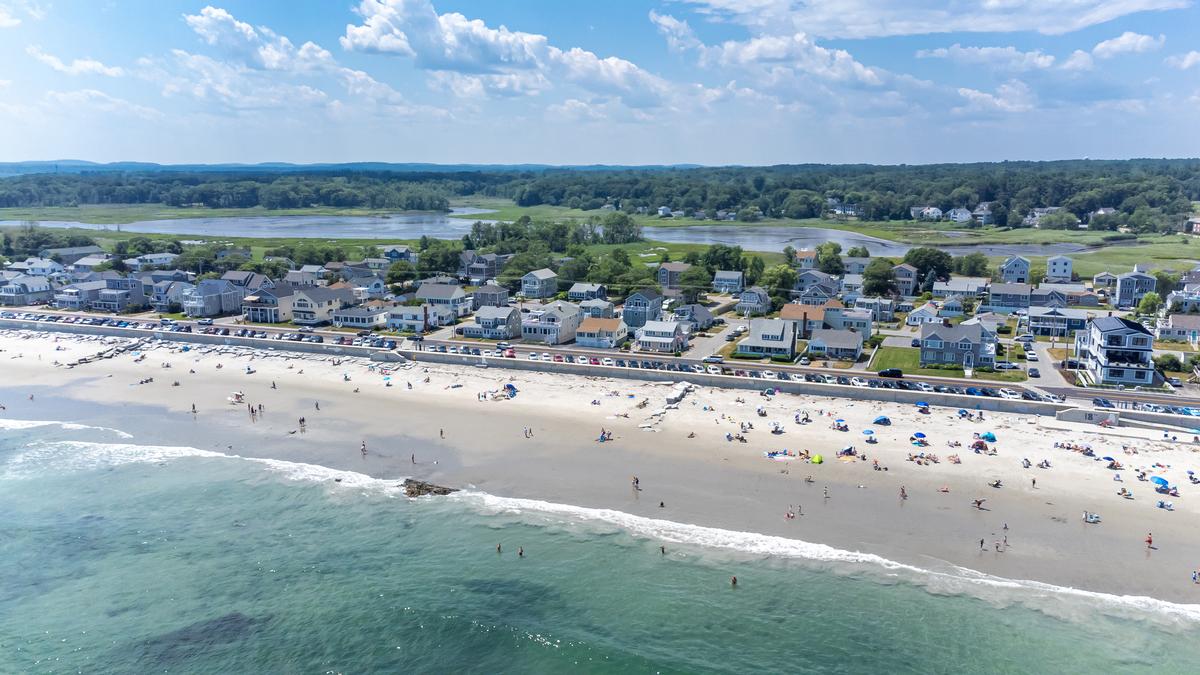
7. Hampton Beach, NH
This beach is pure New England seaside fun and I think it's one of the best beaches you can visit in New England. I especially enjoy it's lively boardwalk along the wide sandy beach. Just an hour’s drive north of Boston, I like to get an early start on my day trip from Boston.
Located along the Atlantic coast near the Massachusetts border and just south of Portsmouth, this vibrant shoreline feels exciting yet totally approachable.
I love how Hampton Beach combines classic seaside energy with an underrated charm that makes every visit feel joyful and alive.
We’re drawn to the wide sandy beach, rolling waves, and that unmistakable ocean breeze that instantly sets the mood for a dream getaway.
The boardwalk scene is one of my favorite parts, filled with cool arcades, casual seafood spots, and interesting local shops.
I think the beach itself is a hidden gem because it’s clean, spacious, and perfect for swimming, sunbathing, or long romantic walks.
We’ve found Hampton Beach to be surprisingly affordable, which makes it a brilliant idea for both family weekends and spontaneous trips.
The energy here feels spectacular in summer, especially with live music at the Seashell Stage adding a bit of seaside magic.
I’m always impressed by how lively yet relaxed it feels, offering one of the most balanced beach experiences in the region.
We love watching the sunrise over the water, which feels like a quiet, almost secret moment before the crowds arrive.
The location makes it even better, since it’s an easy drive from Boston and close to charming New Hampshire coastal towns.
I’d call Hampton Beach an amazing underrated destination that delivers fun, nostalgia, and ocean beauty all in one place.
What I loved best:
I always look forward to hearing the sound of gulls and the smell of salt air drifting through my car windows.
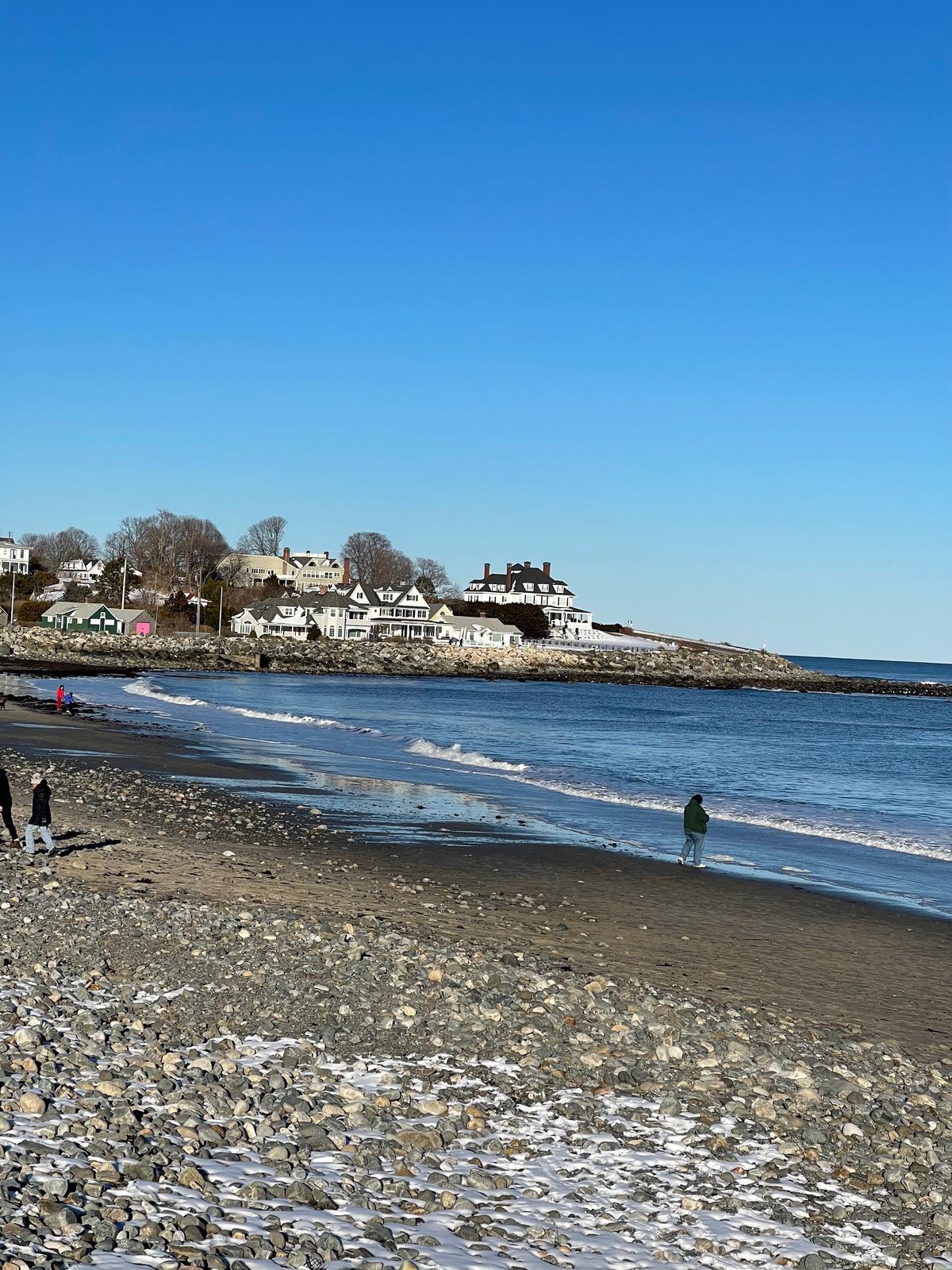
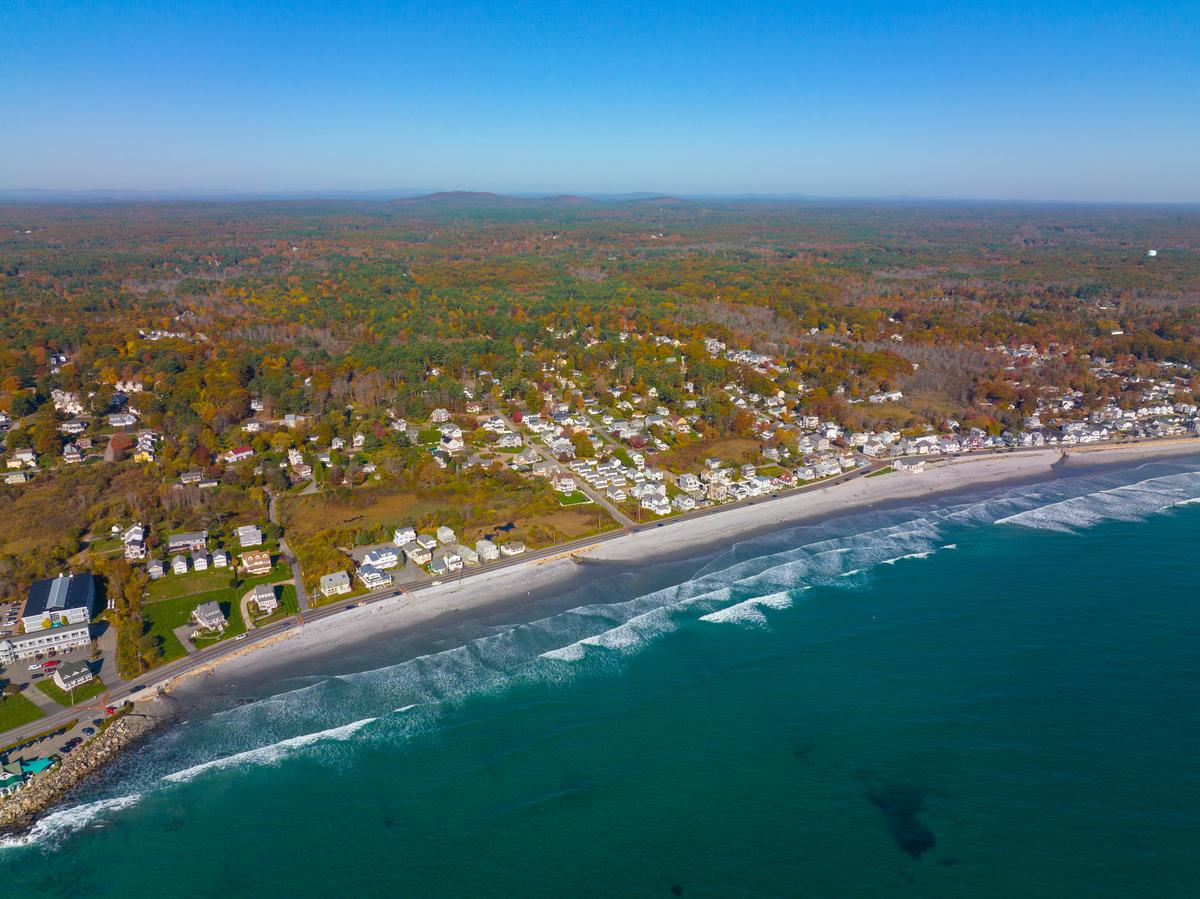
8. Long Sands Beach, York, Maine
This beach perfectly embodied the charm of a Maine seaside getaway and is another one of my favorite New England beaches! You'll discover a sweeping mile-and-a-half stretch of soft sand dotted with colorful umbrellas in summer.
I like the local shops and seafood spots along York Beach village where you can always find a new flavor. I also admired the views of Nubble Lighthouse perched on its rocky island just up the road at Cape Neddick.
- Location: Along the southern Maine coast in York, stretching between York Beach and York Harbor, facing the Atlantic Ocean
- Map & Directions
- Long Sands Beach website
What I loved best:
The way it manages to be both lively and laid-back, a place where families, surfers, and everyone else happily shares the space.
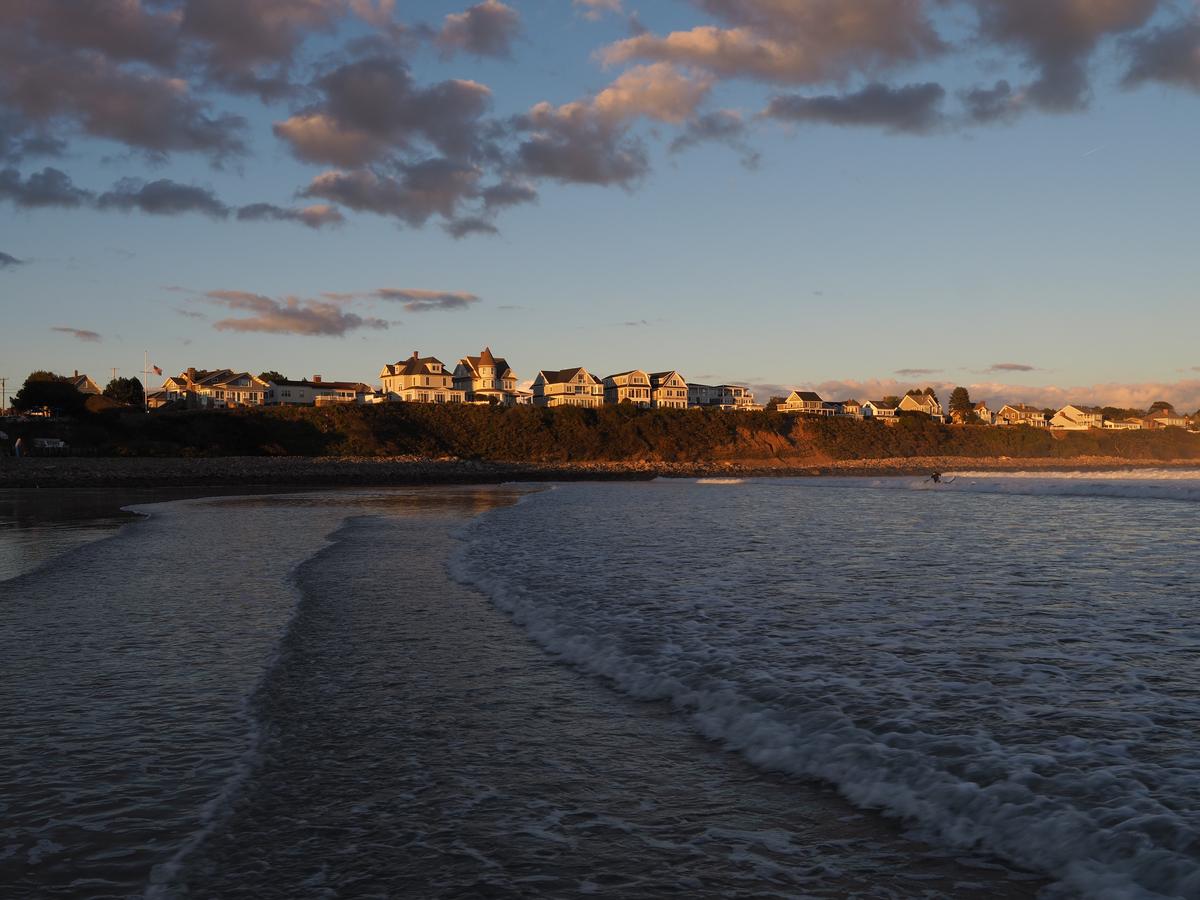

9. Easton’s Beach, Newport, Rhode Island
A short walk from Newport led me down this sandy beach, affectionately known as "First Beach," which completely charmed me with its soft golden sand and small waves.
Just a 40-minute drive south of Providence, this place is the crown jewel of Rhode Island’s coast, where gilded-age grandeur meets windswept seaside charm. I how that it feels both glamorous and timeless, a perfect blend of history and relaxation.
My stay at the Hotel Viking, a landmark perched atop historic Bellevue Avenue, set the perfect tone for my visit. Built in the 1920s, the hotel exudes classic charm — with its brick façade, brass accents, and cozy blend of vintage and modern style. From my room’s window, I could see the rooftops of Newport’s elegant homes stretching toward the harbor and each morning began with a quiet breakfast on the terrace before setting off to explore the nearby coastline.
- Location: On Aquidneck Island along the southern Rhode Island coast, bordering the Atlantic Ocean and Narragansett Bay
- Map & Directions
What I loved best:
A short drive from Easton’s Beach brought me to Second Beach (Sachuest Beach), another local gem locals told me about. It had sweeping dunes and endless ocean views. I spent the afternoon here simply watching the tide roll in, reading, and soaking in the warm coastal sun.

10. Ogunquit, Maine
Just a 70-minute drive north of Boston, this town is great as a day trip and even better as a beach weekend getaway in the summer. Its name means “beautiful place by the sea” in the Abenaki language, and it truly lives up to that promise.
When we visited in August, I thought that the town was wonderfully unhurried. I strolled along the three-and-a-half-mile Ogunquit Beach, followed the scenic Marginal Way where my son and I counted 35 benches (I later read that there are actually 39).
- Location: On the southern coast of Maine along the Atlantic Ocean, between York and Wells
- Map & Directions
What I loved best:
Perkins Cove, a working harbor filled with fishing boats, boutiques, and lobster shacks.
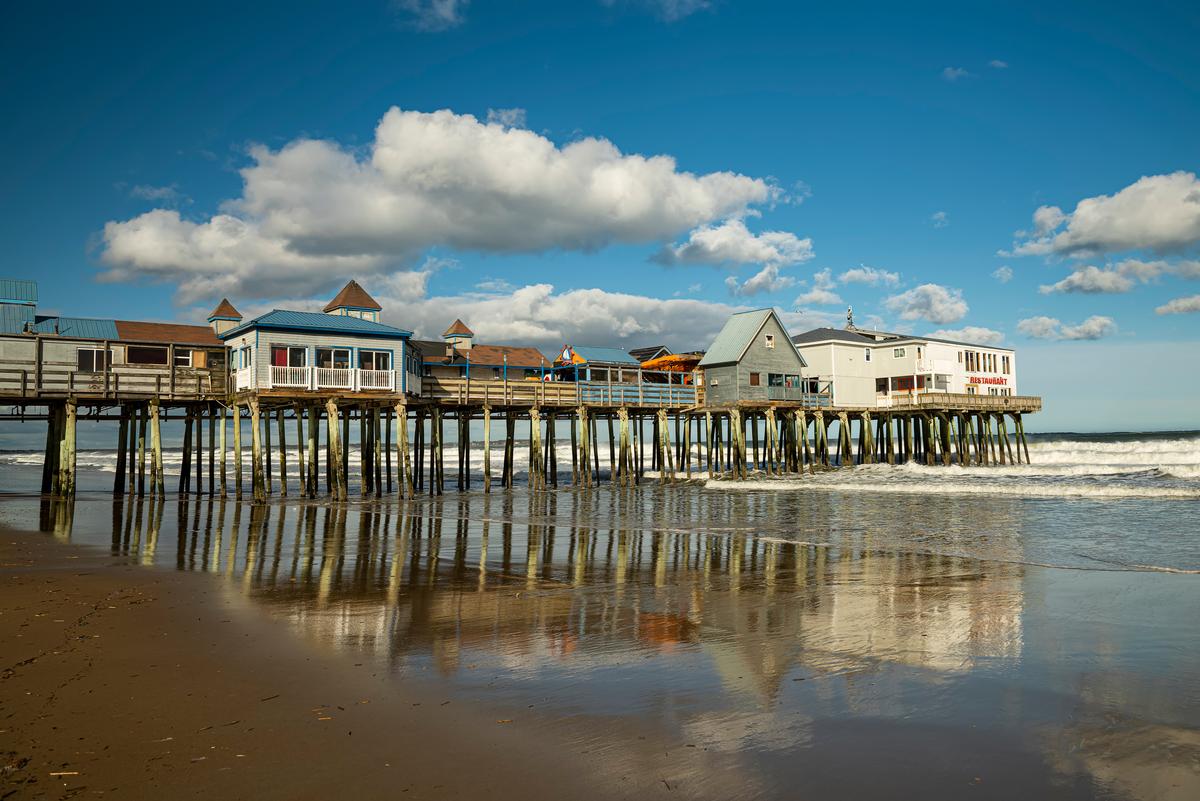
11. Old Orchard Beach
The rhythm here was vibrant and playful — I strolled along the beach Pier, lined with shops, seafood stalls, and live music venues; rode the Ferris wheel at Palace Playland, New England’s only beachfront amusement park; and walked for miles along the smooth, sandy beach, watching kites dance in the sky and surfers catch gentle waves.
- Location: On the southern coast of Maine along Saco Bay, between Scarborough and Saco
- Map & Directions
What I loved best:
Evenings - they sparkled with neon lights, arcades buzzing with laughter, and fireworks over the water.

12. Cahoon Hollow Beach
This beach was one of Cape Cod’s most dramatic stretches of shoreline — steep, golden bluffs dropping down to a broad sweep of sand, the Atlantic crashing endlessly beyond, and a youthful, lively vibe fueled by beachgoers and the legendary Beachcomber bar perched right above the dunes. It had that wild, windswept beauty that instantly takes your breath away.
Set in Wellfleet on Outer Cape Cod, reaching the beach meant descending a long, sandy path from the bluff top, where the views alone were worth the trip.
- Location: On the Atlantic-facing side of Cape Cod in Wellfleet, Massachusetts, within the Cape Cod National Seashore
- Map & Directions
What I loved best:
Soaring cliffs, rolling surf, and the refreshing smell of sea spray in the air.
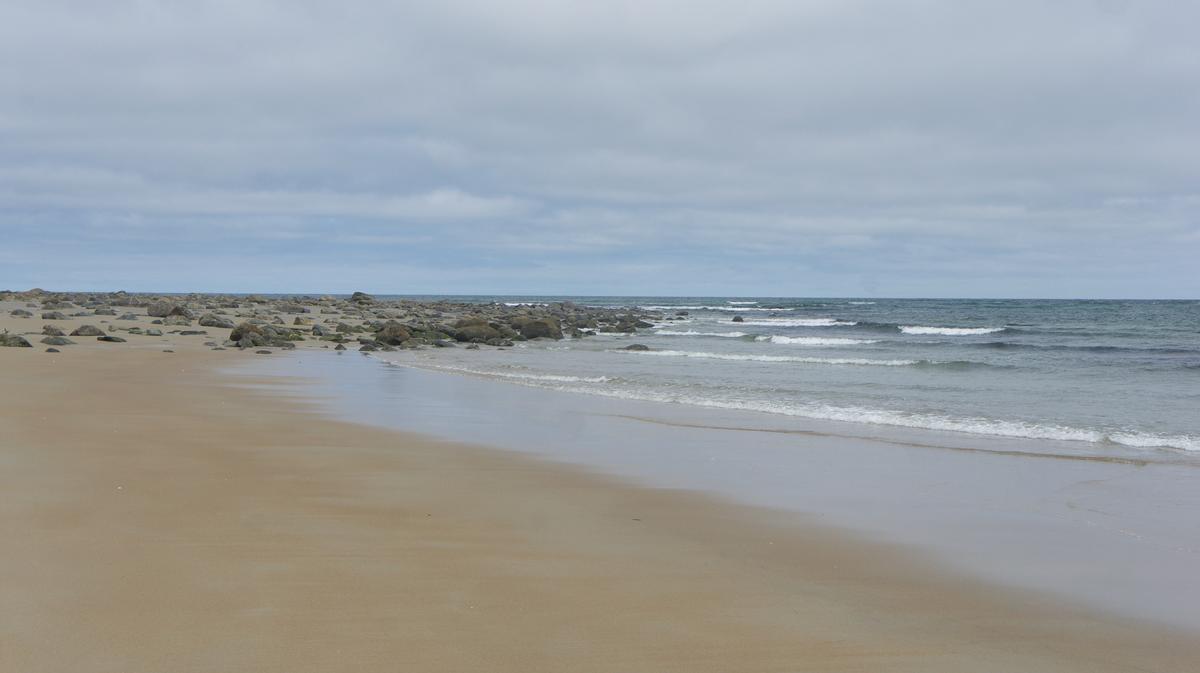
13. Plum Island Beach
Just 10 minutes from the historic seaport town of Newburyport, I thought this beach was pure coastal tranquility, a long, unspoiled barrier island where wide sandy stretches meet windswept dunes, salt marshes shimmer in the sun, and seabirds wheel overhead.
I walked barefoot along the endless sands of Plum Island Beach, watching the tide carve patterns in the sand, explored the Parker River National Wildlife Refuge, and climbed the observation tower for sweeping views of marsh and ocean. Back in Newburyport, cobblestone streets, waterfront restaurants, and boutique shops added a dose of coastal charm to the day.
- Location: On the northeast coast of Massachusetts, just east of Newburyport, within the Parker River National Wildlife Refuge
- Map & Directions
What I loved best:
Its serene, “back to nature” New England beauty that felt restorative from the moment I arrived.
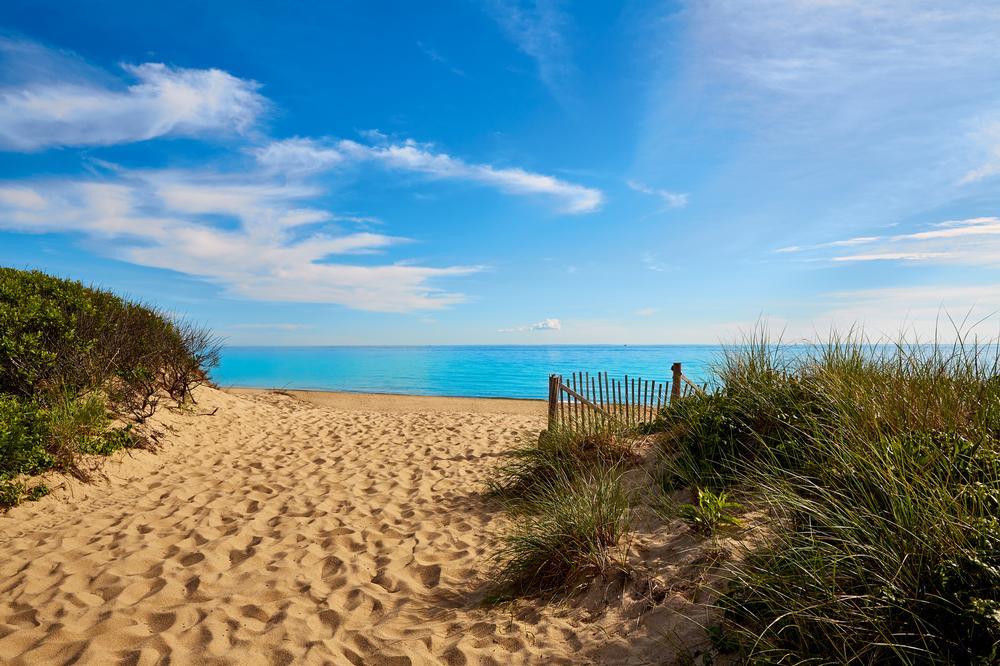
14. Provincetown, Massachusetts
The rhythm in this town was delightfully diverse when I spent 5 days there this month. I biked through the sandy trails of the Cape Cod National Seashore, wandered along the golden sands of Race Point Beach where seals bobbed offshore, and strolled colorful Commercial Street, lined with art studios, shops, and cabaret venues.
- Location: At the northern tip of Cape Cod in Massachusetts
- Map & Directions
What I loved best:
Watching the sun sink into Cape Cod Bay from Herring Cove Beach, then capping the night with fresh seafood at The Lobster Pot (they don't take reservations but the wait was worth it!).
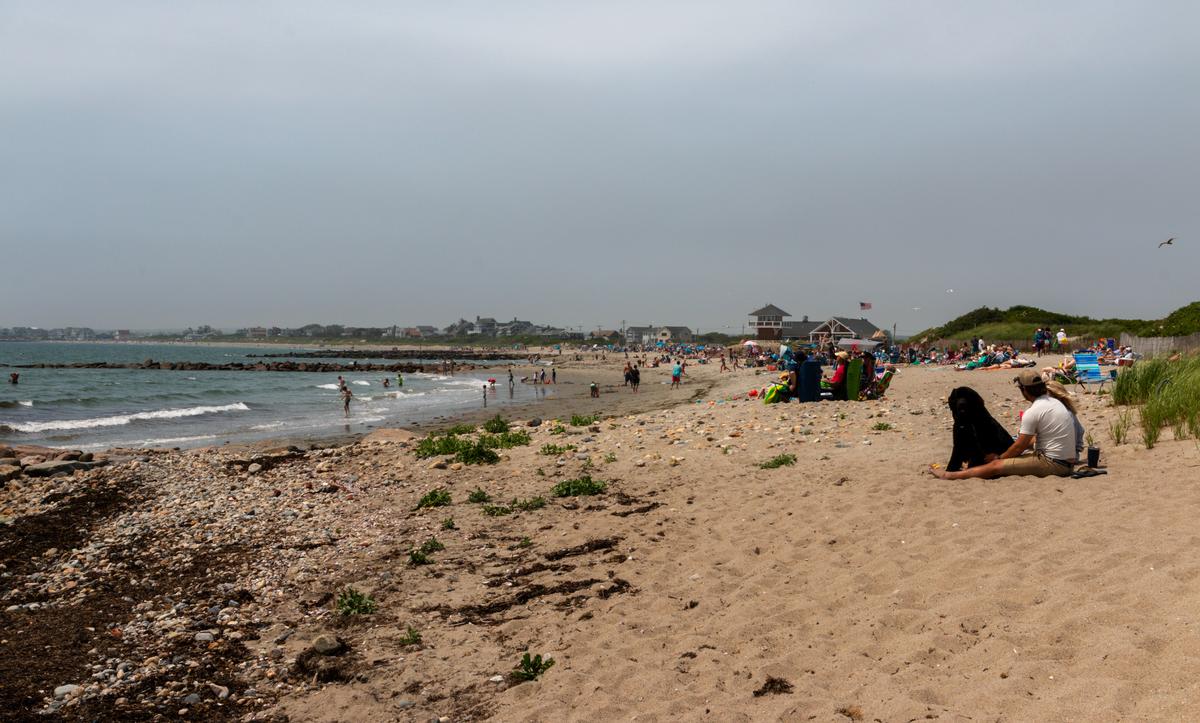
15. Roger Wheeler State Beach
Set in Narragansett, this beach is just a short drive from Point Judith and the town’s iconic stone towers. I arrived on a sunny afternoon, the ocean sparkling under a blue sky, and immediately noticed the calm surf — protected by a breakwater, the waves here stay small, making it a favorite for families with young kids.
- Location: On the south coast of Rhode Island in Narragansett
- Map & Directions
What I loved best:
Relaxing with ocean views and sunshine on my face.
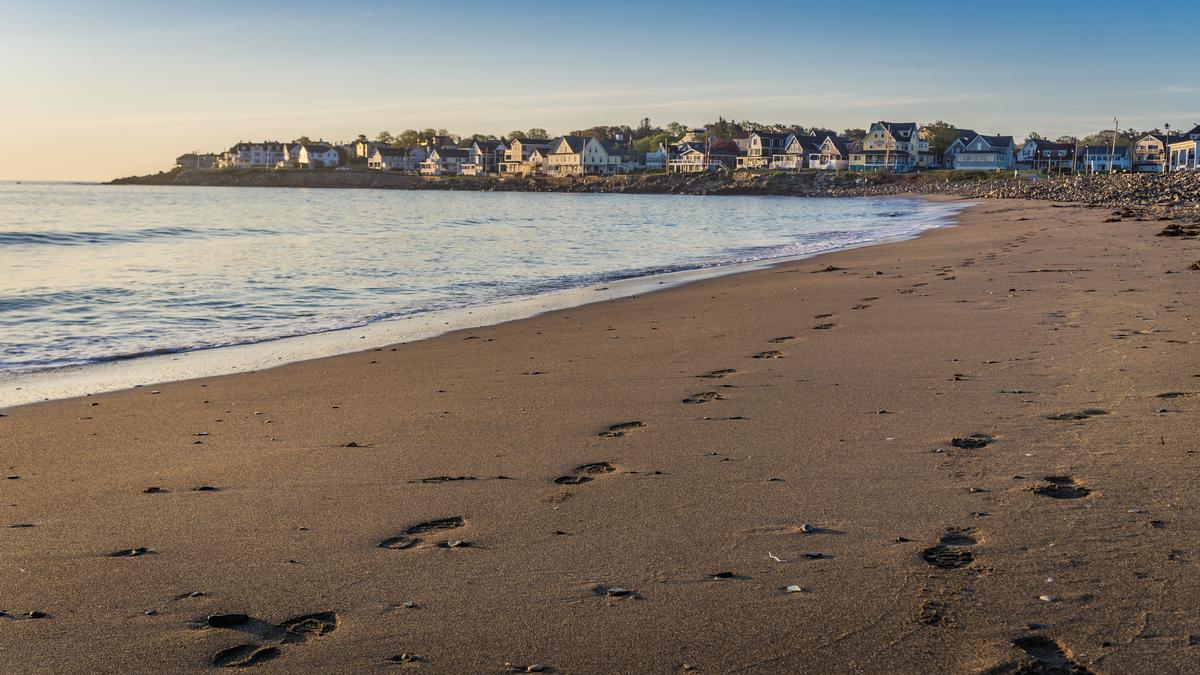
16. Short Sands Beach, York
Just over an hour north of Boston, the pace at this beach was upbeat yet relaxed — I strolled the sandy shoreline at low tide, browsed the boutiques and penny arcades lining the beachfront, and stopped for a cone at the iconic Goldenrod, famous for its handmade saltwater taffy since 1896.
A short drive took me to Cape Neddick’s Nubble Lighthouse, perched on its rocky island and glowing at sunset.
- Location: On the southern coast of Maine in York Beach, nestled between Cape Neddick and Long Sands Beach
- Map & Directions
What I loved best:
Evenings with live music at the gazebo and fireworks lighting up the summer sky.
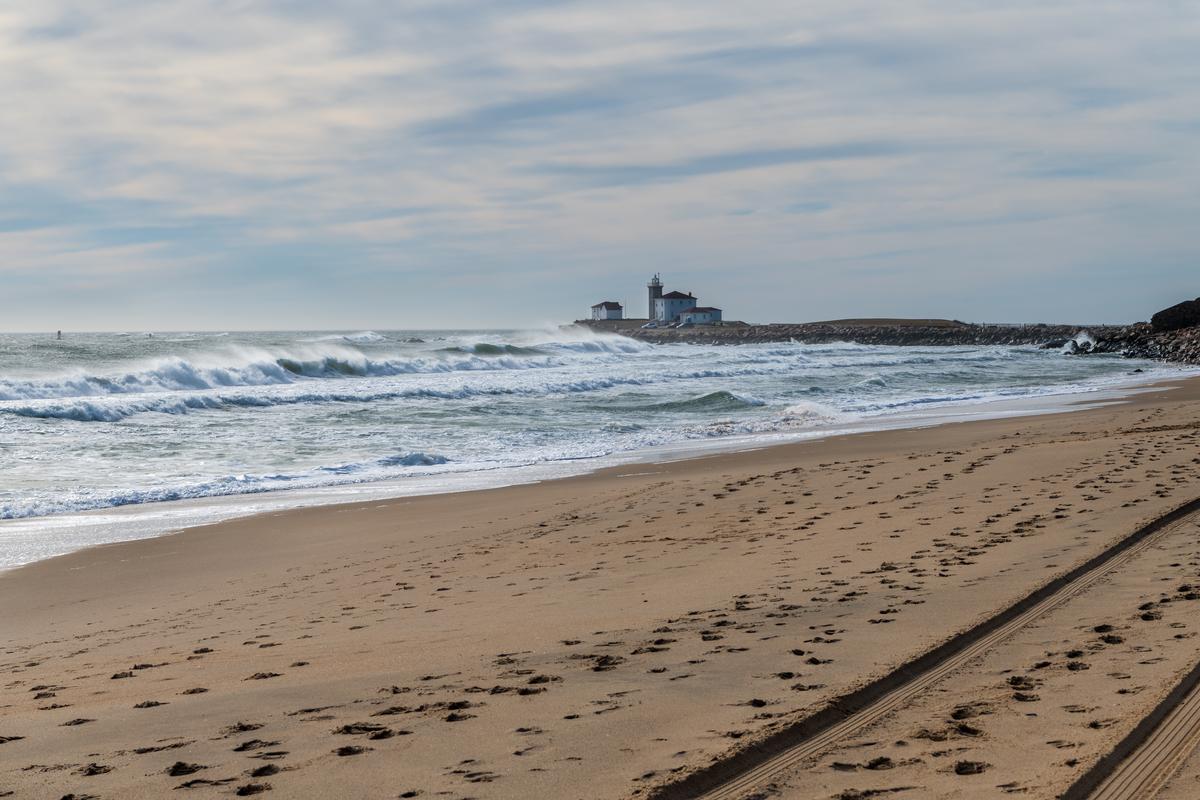
17. Watch Hill
Set in Westerly, at Rhode Island’s southwestern tip, this place felt like stepping into a seaside postcard and it quickly became on of my favorite beach destinations.
Walking along the beach, I saw families and sunbathers enjoy the calm Atlantic surf, then we strolled through the village’s tidy streets lined with clapboard shops and classic New England architecture. The centerpiece is the grand Ocean House hotel, a restored Victorian resort that overlooks the dunes and ocean.
- Location: On the southwestern tip of Rhode Island
- Map & Directions
- Watch Hill website
What I loved best:
For me, Watch Hill is one of the best beaches in New England because it's scenic and unique!
Enjoying New England architecture just steps from the beach was my personal highlight.
Booking Checklist
1. Book Your Flight - I use Expedia because I like their mobile app with my itinerary. They've helped me re-book flights on many occasions. Once you reach their Gold tier, support is especially good.
2. Book Your Hotel - I use Booking.com or Expedia, depending on my destination.
3. Book Your Rental Car - I use Expedia.
4. Book your tours on Viator or Get Your Guide.
5. If you are planning to visit more than three national parks in the next 12 months, buy the America the Beautiful Pass.
